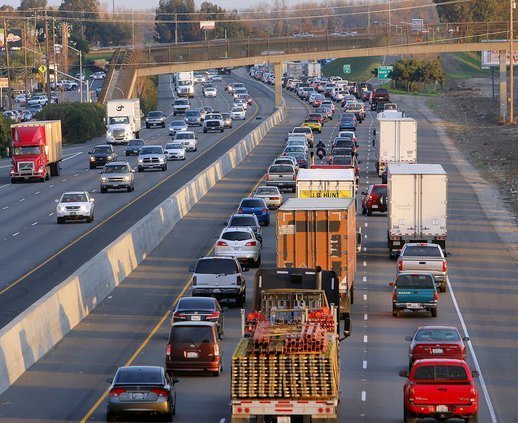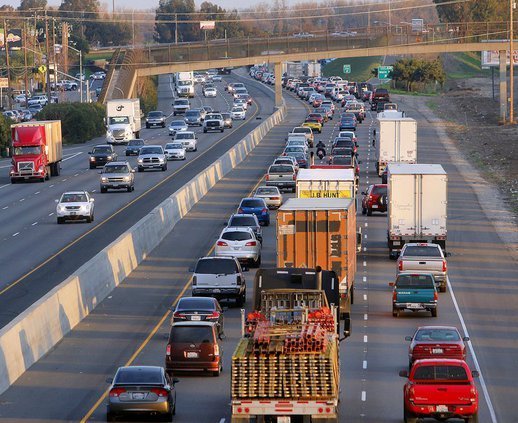There are 31,000 super commuters in San Joaquin County.
Most of those that earn such a designation by driving three plus hours a day commuting reside in Tracy, Manteca, Lathrop, Mountain House, and Stockton.
Data released by the United States Census Bureau has both San Joaquin and Lake counties with the highest percent of super commuters in Northern California.
Both counties have 10 percent of the population that super commutes.
But for sheer volume, San Joaquin County is far ahead of Lake County.
And it should be noted, things have gotten better.
In the 2019 Census data regarding super commuters before the pandemic hit, almost 11 percent of San Joaquin County’s commuters were on the road for three plus hours a day.
The latest data has 8 percent of Stanislaus County’s workforce labeled as super commuters.
And almost all of them pass through San Joaquin County to funnel through the Altamont Pass to reach the job-rich Bay Area.
The first phase of the $154 million upgrade of the 120 Bypass/Highway 99 interchange will be the initial step in easing the biggest commute bottleneck in the Northern San Joaquin Valley.
It breaks ground next month.
It will add a second transition lane from the 120 Bypass to southbound Highway 99.
Work also includes replacing the Austin Road overpass and surface street improvements in Manteca along Moffat Boulevard, Woodward Avenue, and Atherton Drive.
The second phase expected to break ground in 2026 just as the first phase is completed will add a second transition lane from northbound Highway 99 to the westbound bypass.
A third and final phase includes widening the 120 Bypass from Highway 99 to McKinley Avenue to six lanes.
Sometime during the second phase work, ACE rail service from Ceres to San Jose and Sacramento — with added stops in Modesto, Ripon, and downtown Manteca — is targeted to be up and running to help ease the commute.
Super commuting was a growing problem throughout the 2010s, as metropolitan areas grew outward and workers moved further from job centers in search of affordable housing and homeownership.
From 2010 to 2019, the super-commuting rate rose from 2.4 percent of the nation’s workforce to 3.1 percent. At its peak, 4.6 million workers were enduring three-plus hours of commuting daily.
The COVID-19 pandemic provided a brief respite, eliminating commutes for many and reducing commute times for the rest as traffic abated. As the economy went remote, the number of super commuters fell by over 1.5 million even as demand for suburban and exurban living remained strong.
But 2022 brought a resumption of the earlier trend as an analysis by Apartment List points out.
Remote work remained popular, but a shift back towards in-office work meant 10 million more workers commuted compared to 2021. Consequently, the number of super-commuters jumped by nearly 600,000 year-over-year.
This is the largest single-year jump on record, and while still well short of the peak, it brings the total number of super-commuters back to 3.7 million.
Ultimately, the decision of how long one is willing to commute may come down to wages.
The latest census data clearly show that workers are willing to trade lengthy commutes for higher incomes. In 2022, the median wage eclipses $50,000 for workers who spend at least one hour commuting, and is actually lowest for those who live within a quick 15-minute trip to work.
The correlation between wages and commutes was even stronger before the pandemic, when super-commuter rates were twice as high for the nation’s top income bracket (personal wages over $75,000) than its bottom (personal wages under$14,000).
The relationship still exists, but has been weakened by the disparate impact of remote work, as high-earners have been more likely to transition from super-commuting to working from home.
Within the highest income bracket today, over one-quarter of employees are remote and the super-commuter rate sits just below 4 percent.
California has two of the nation’s top five super commuter regions — the Bay Area and Los Angeles.
Others are in Seattle, New York, and Washington, D.C.
To contact Dennis Wyatt, email dwyatt@mantecabulletin.com






